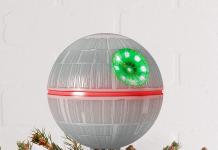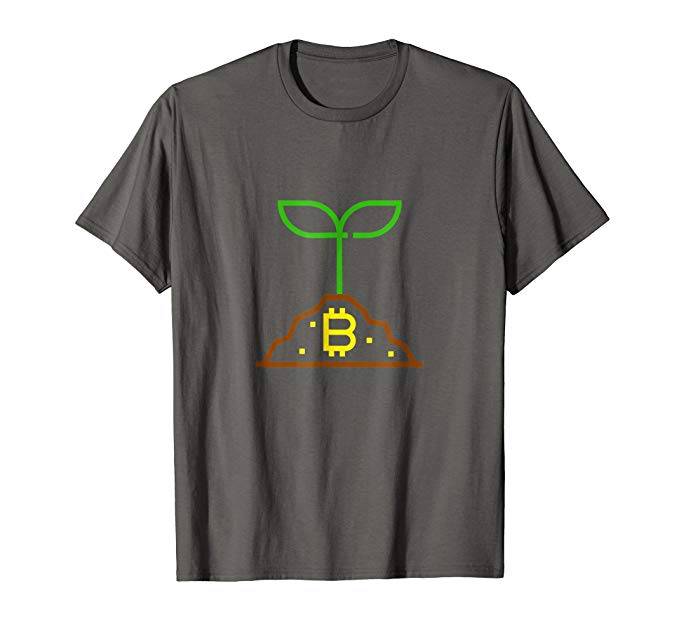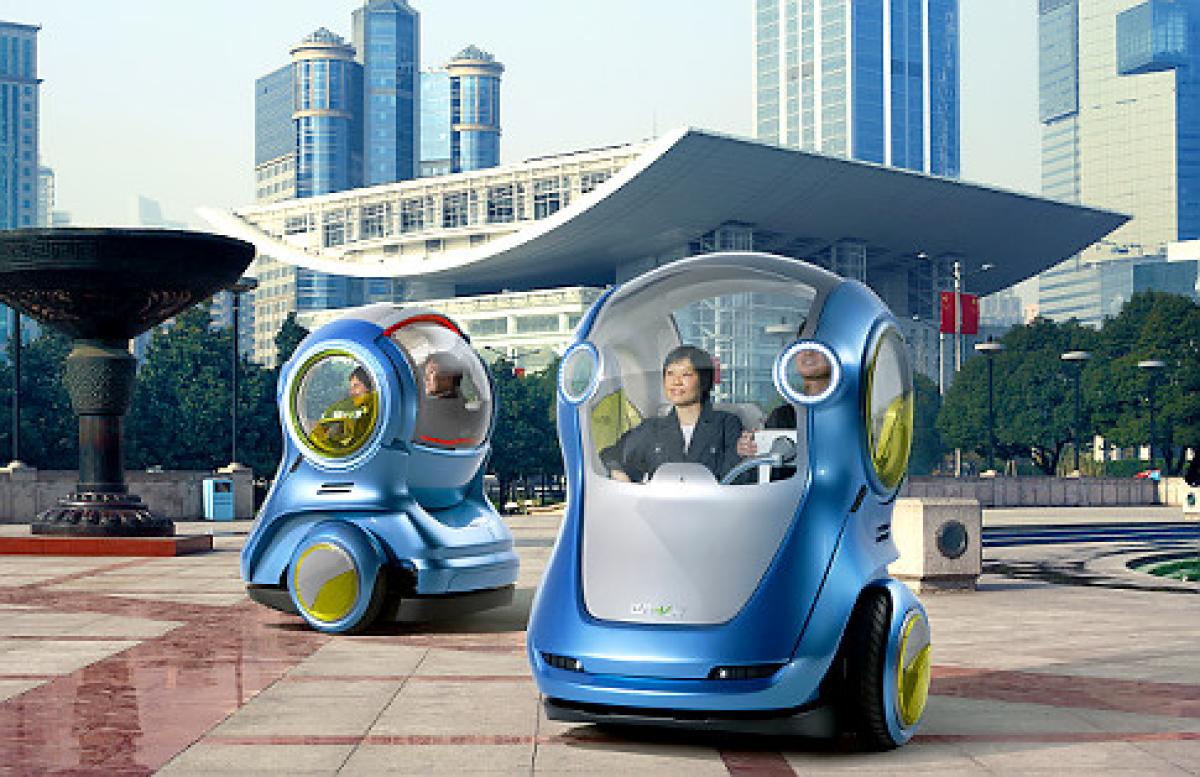Toshiba seems to think that the smallest gadgets make the biggest difference, judging by the smartwatch it unveiled at CES. If you wonder why it looks so bulky, it’s because… well, it’s packed with features!
There have been quite a few wristwatches showcased at CES 2013, and Toshiba’s offering is neither the world’s thinnest (that one would be Central Standard Timing’s E Ink CST-01, which is currently featured on KickStarter), nor the most stylish (I’d give that award to the Pebble Bluetooth smart watch).
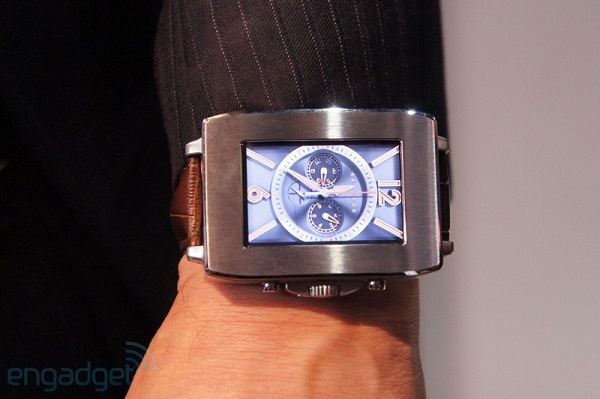
However, it still has several characteristics that make it stand out. For starters, it is able to measure the pulse in the wrist, in addition to displaying the mail and the weather, like every respectable smartwatch should. The version presented at CES is only a concept, but Toshiba assured its booth’s visitors that should this smartwatch ever be mass-produced, it will be accompanied by an iOS or Android app that pulls in maps and turn-by-turn directions. Given the Apple Maps fiasco that followed last year’s iOS 6 launch, I’d much prefer an Android app to take care of Toshiba’s watch.
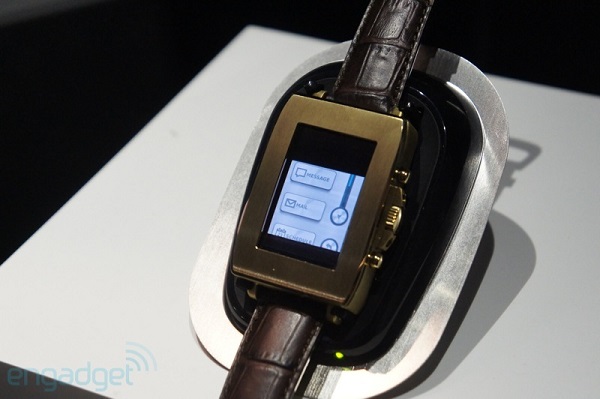
Toshiba’s smartwatch bears a stronger resemblance to analog wristwatches than any of its smart fellows made by other manufacturers. More than that, the 1.7-inch, 200×320-pixel OLED screen can display the time in several different ways, so those who care about customization can rest assured that Toshiba has thought of that already. To make wearing this smartwatch an even more personal experience, Toshiba included the possibility of remembering each person who wears it depending on his or her pulse. Upon doing so, the device changes its settings according to the preferences of each user.
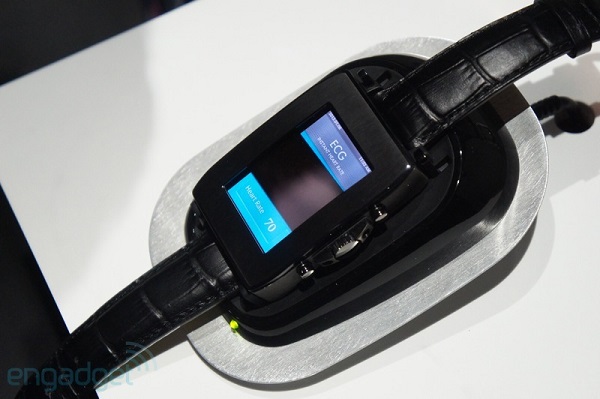
The reverse side of the face includes not only the pulse sensor, but also some charging points. The gadget uses a proprietary cradle for charging its battery. Luckily, it is also possible to charge it via USB, in case the cradle ever gets broken or the person wearing the watch does not have the charger handy. According to representatives of the company, the battery should keep the smartwatch alive and kicking for up to two days, but that may differ in the final product. Some thought that it would be nice if the device came with integrated solar panels for charging, much in the vein of some Casio G-Shock watches, but given the power demands of Toshiba’s gadget, I doubt that would even be possible.
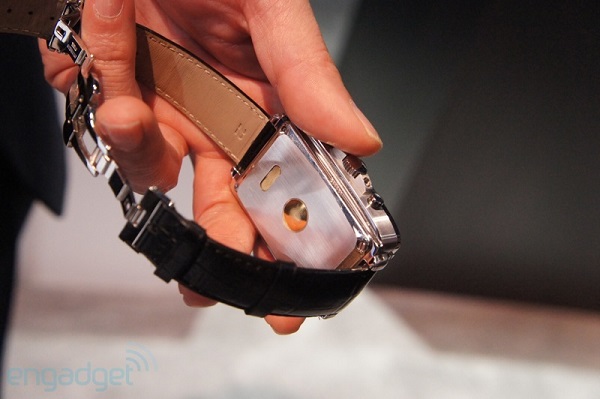
If you liked this post, please check the Tokyoflash Sudoku wristwatch and the Kisai Space Digits.


